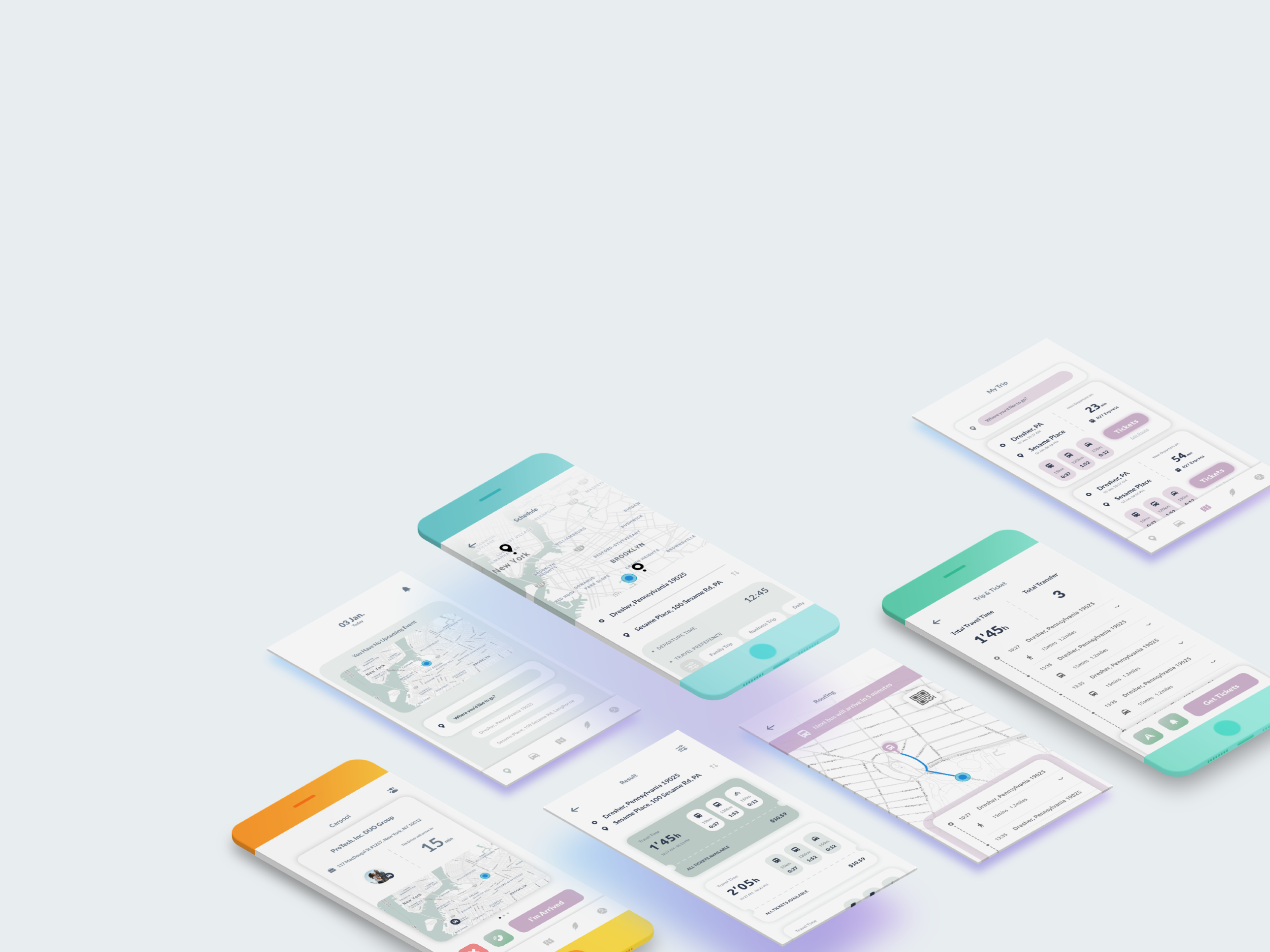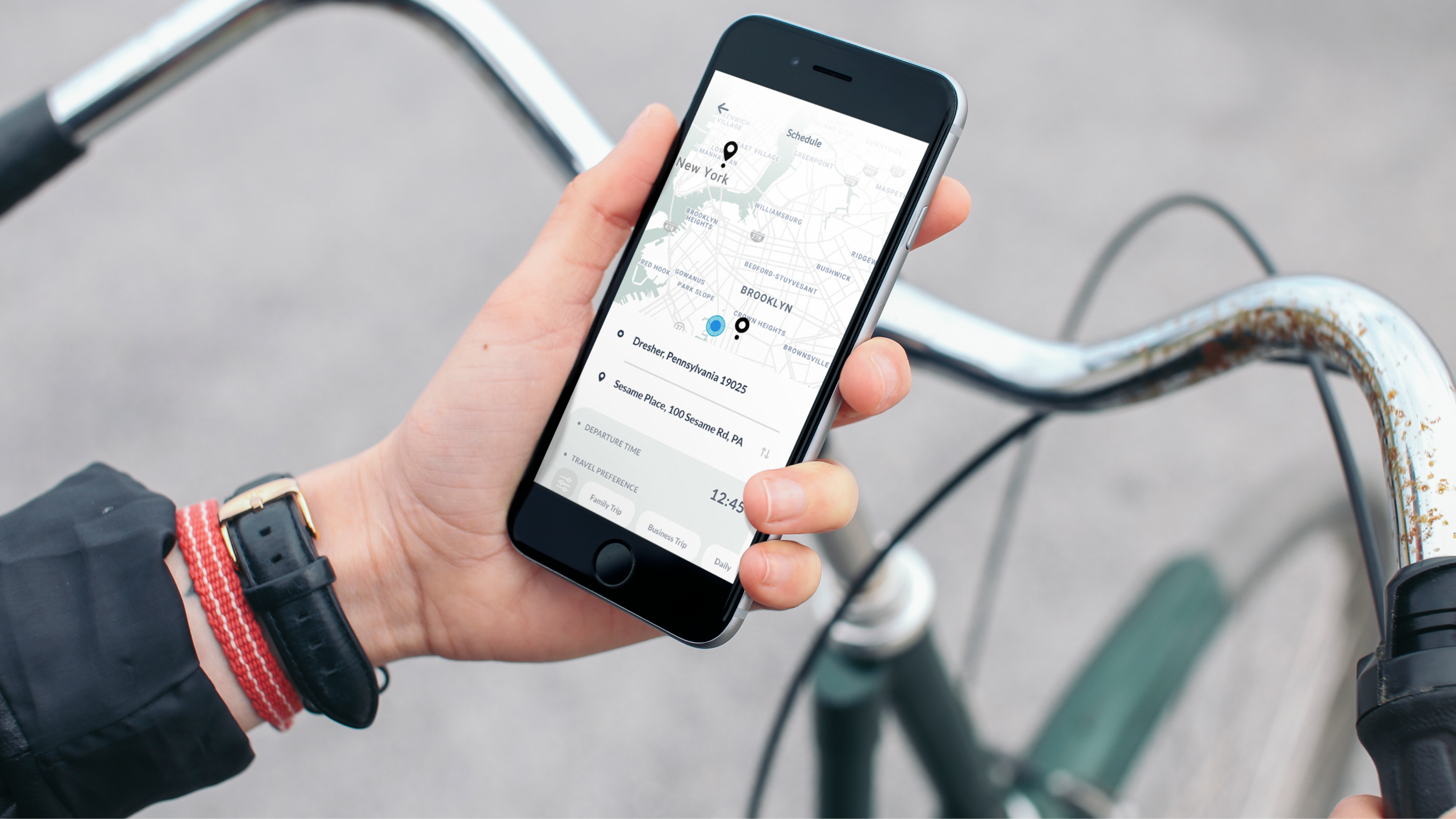2020
umaji
UI&UX design / design system / interaction design
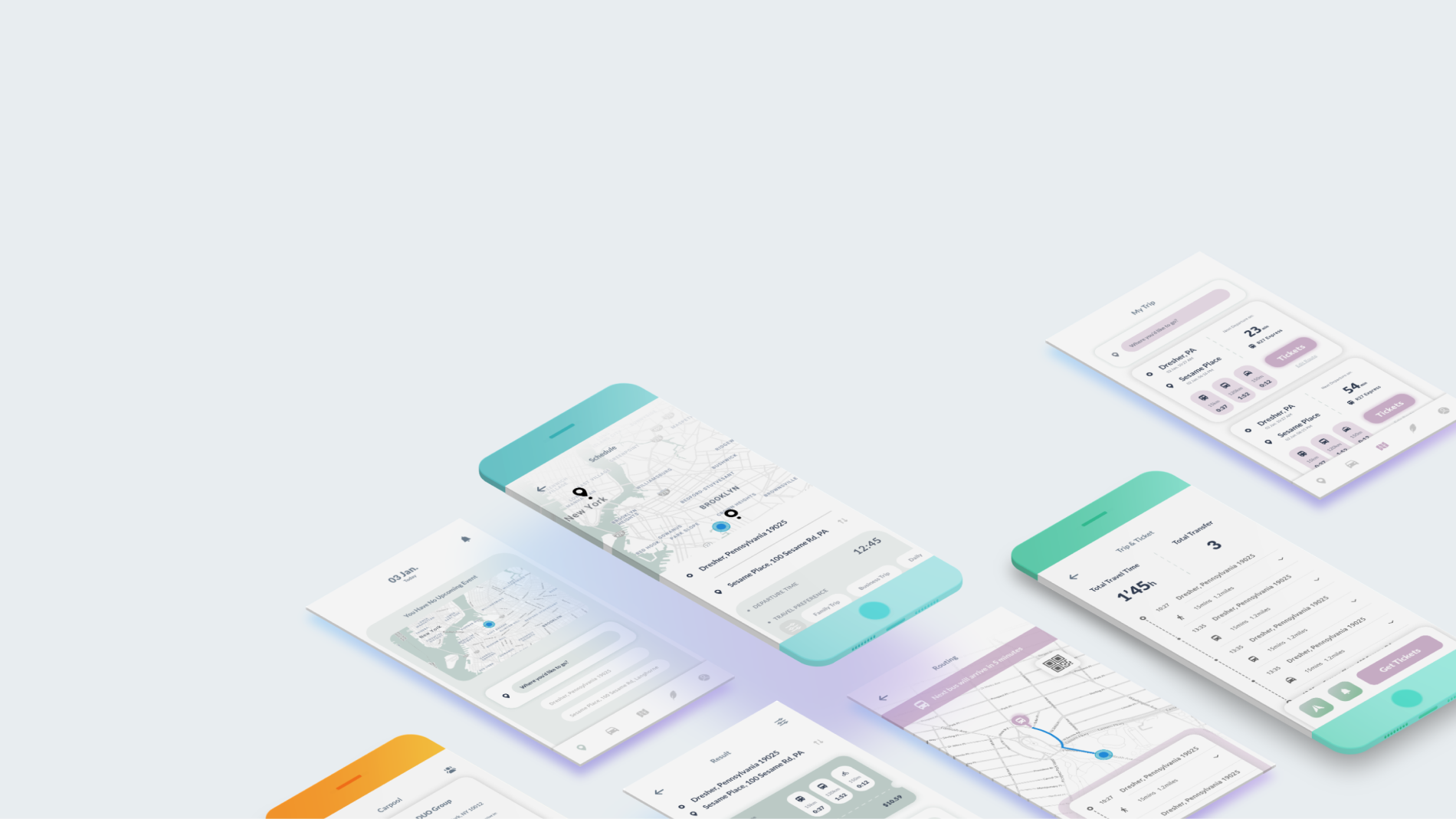
My domain
Experience design
Research
Service design
OVERVIEW
The Ministry of Transportation and Communications (MOTC) is a cabinet-level governmental body in Taiwan. In 2020, MOTC launched a project to integrate the online services of Taiwan's public transit systems, including Taiwan High Speed Rail, Taiwan Railways Administration, and Taiwan Bus. Previously, each transportation system operated its own website, but this initiative aimed to consolidate them into a single platform, offering users a seamless experience for their daily commutes.
Despite the integration efforts, a gap persisted between users' needs and the existing solutions. As a UX researcher, I conducted a series of studies to uncover users' pain points and improve the overall experience of scheduling trips in Taiwan.
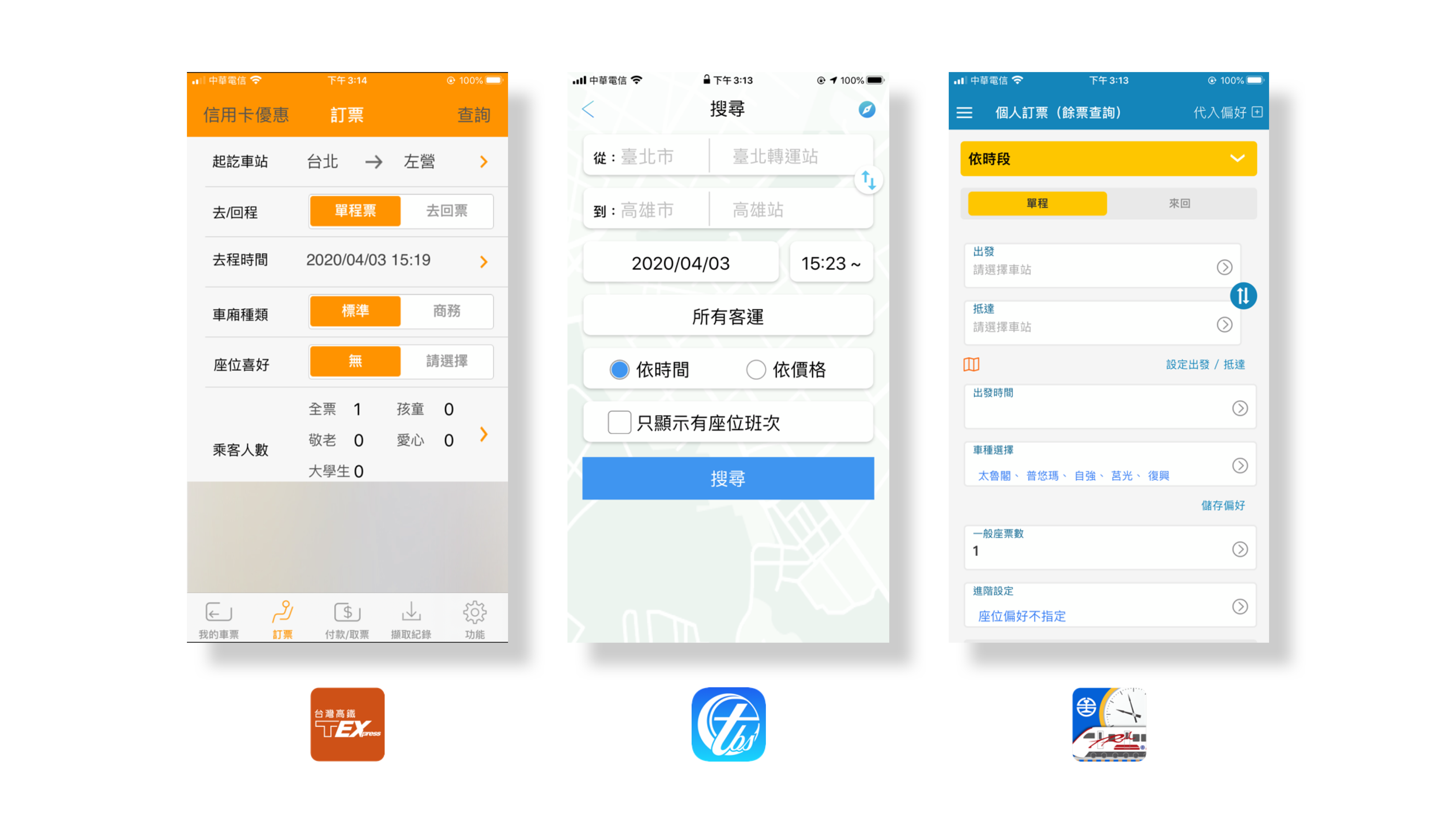
Focus Group Study: Sharing Experiences to Improve Public Transit Services
Public transportation is a common topic among citizens, and I sought to leverage that by conducting a focus group study. I invited people to share their information, opinions, and suggestions, and even have debates. Through this method, we simulated different situations, such as scheduling a group trip, to better understand the user's journey. A total of 214 people joined this research, both online and offline, and the gender distribution was controlled at 50:50. I was able to identify six distinct user personas, including Family Organiser, City Shuttler, Cross-City Commuter, Weekend Homecomer, Travel Expert, and Transportation Lover. Each of these personas had different needs and experiences while travelling.
persona overview
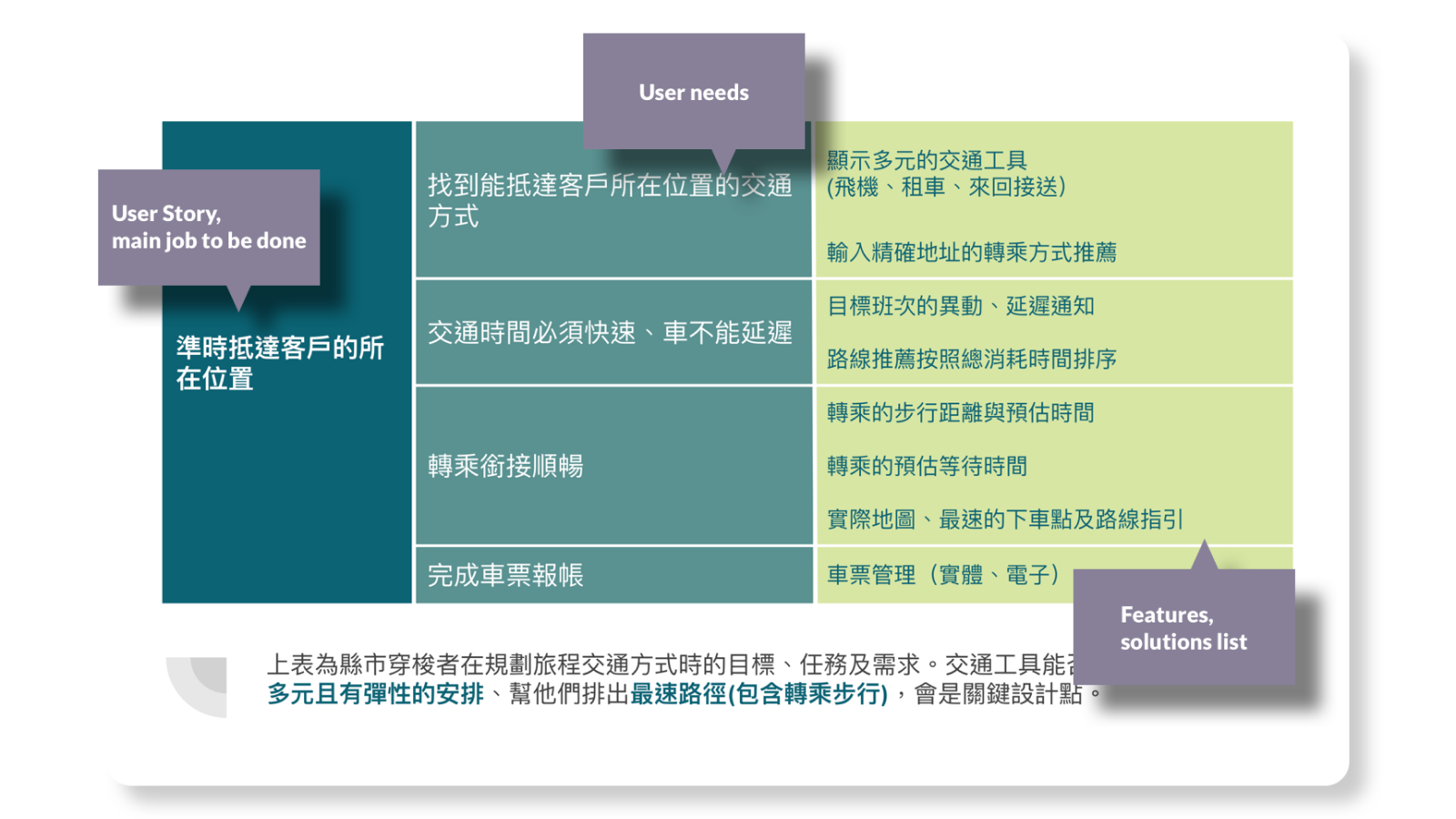
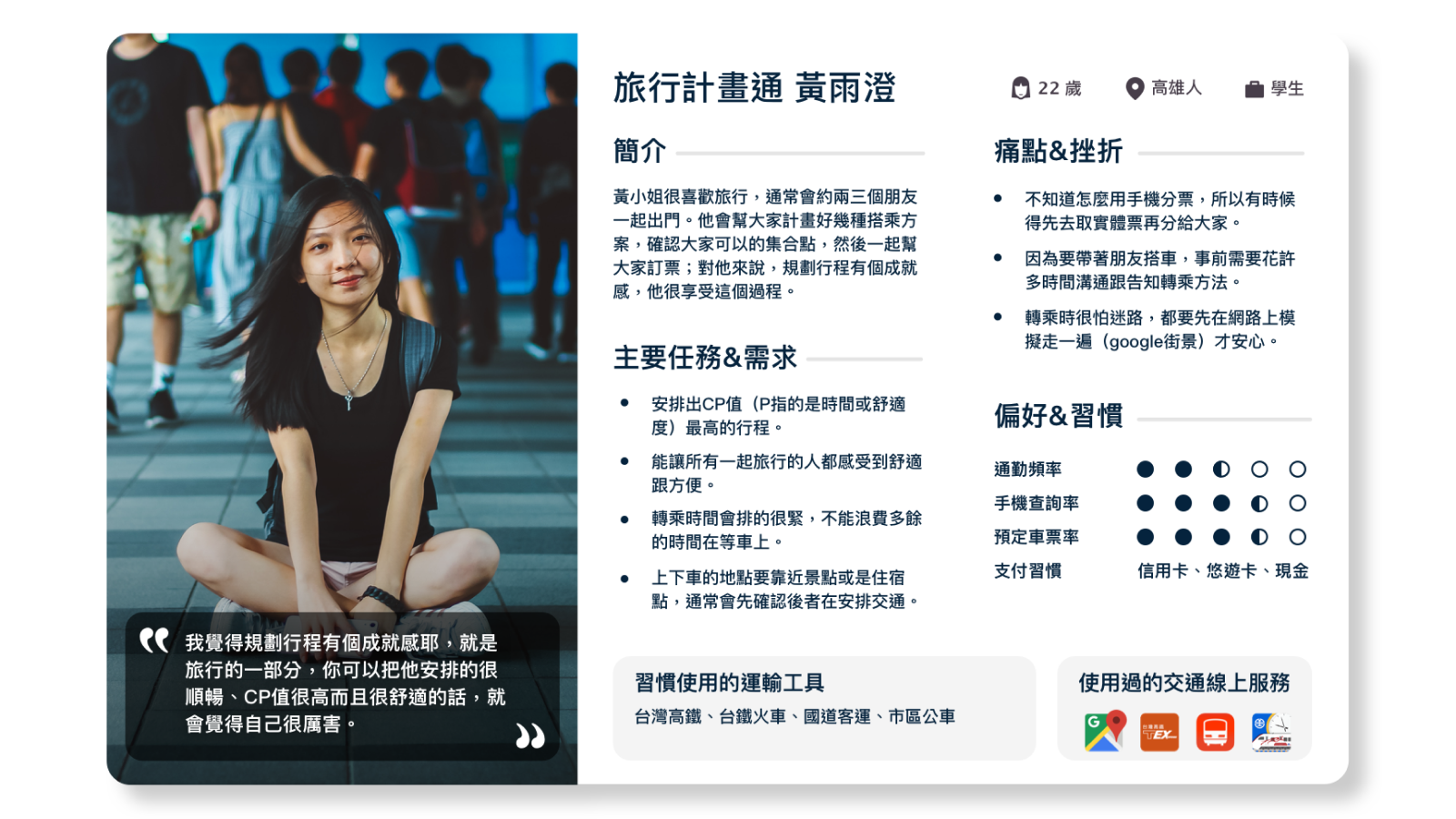
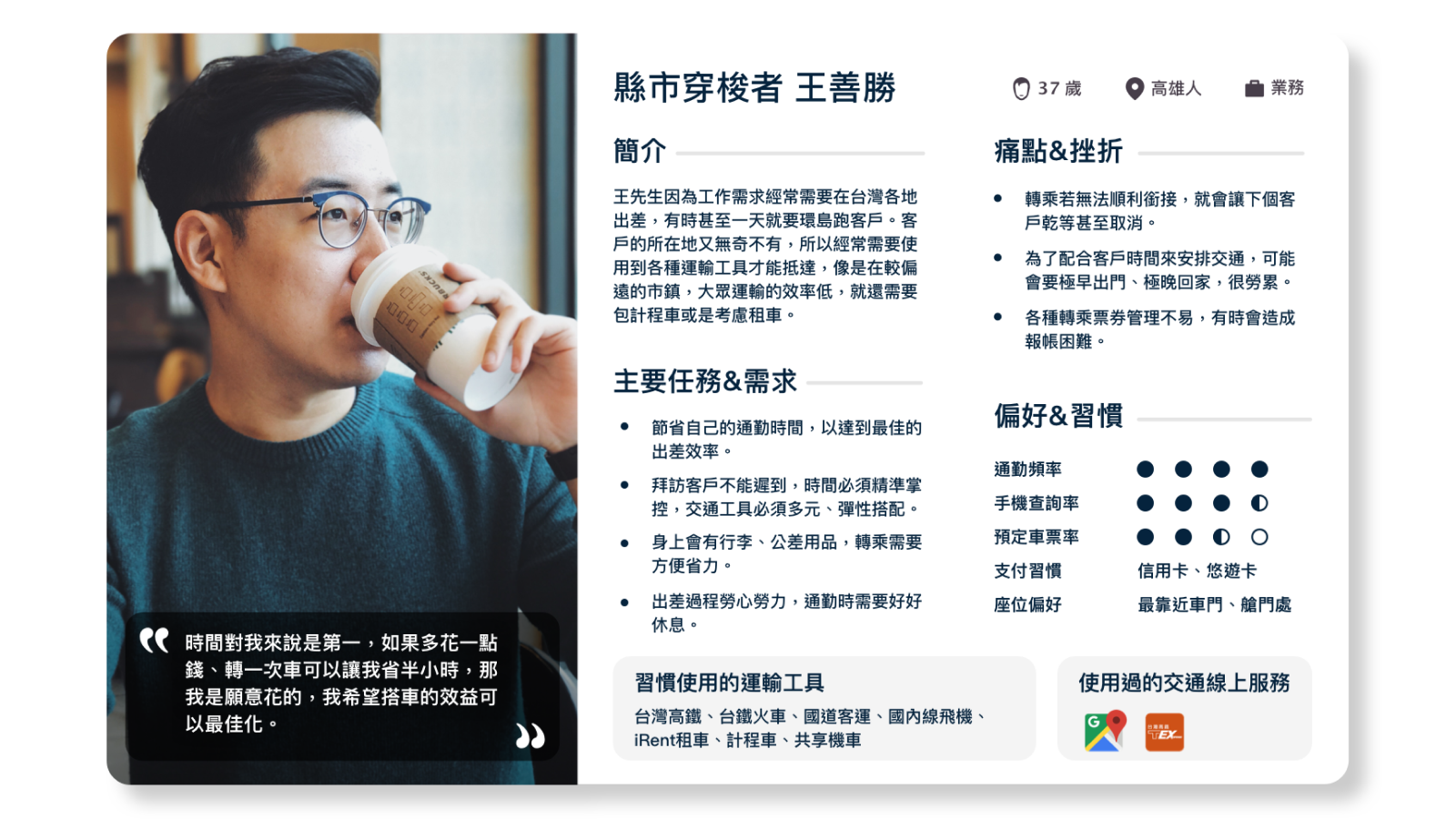
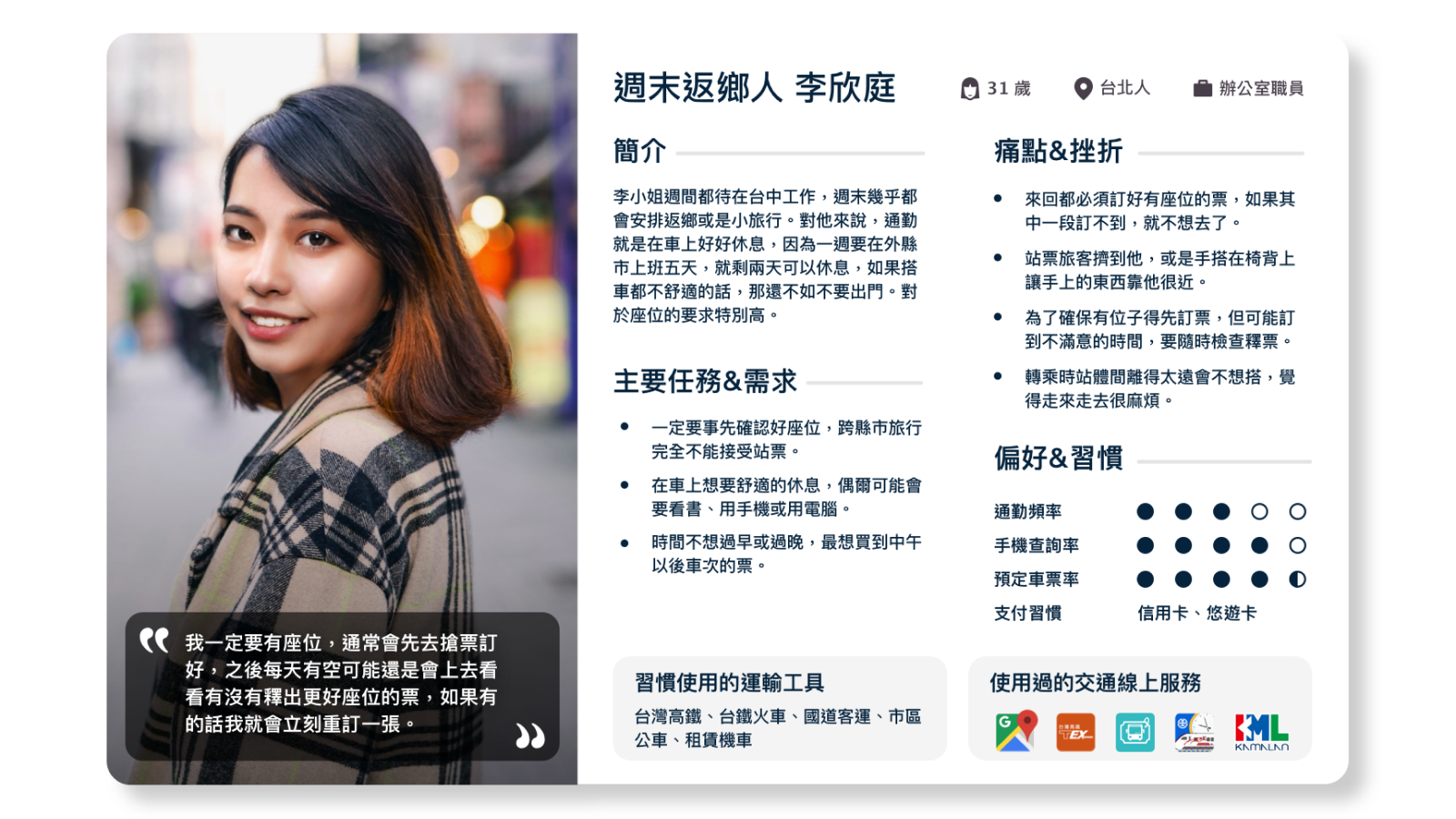
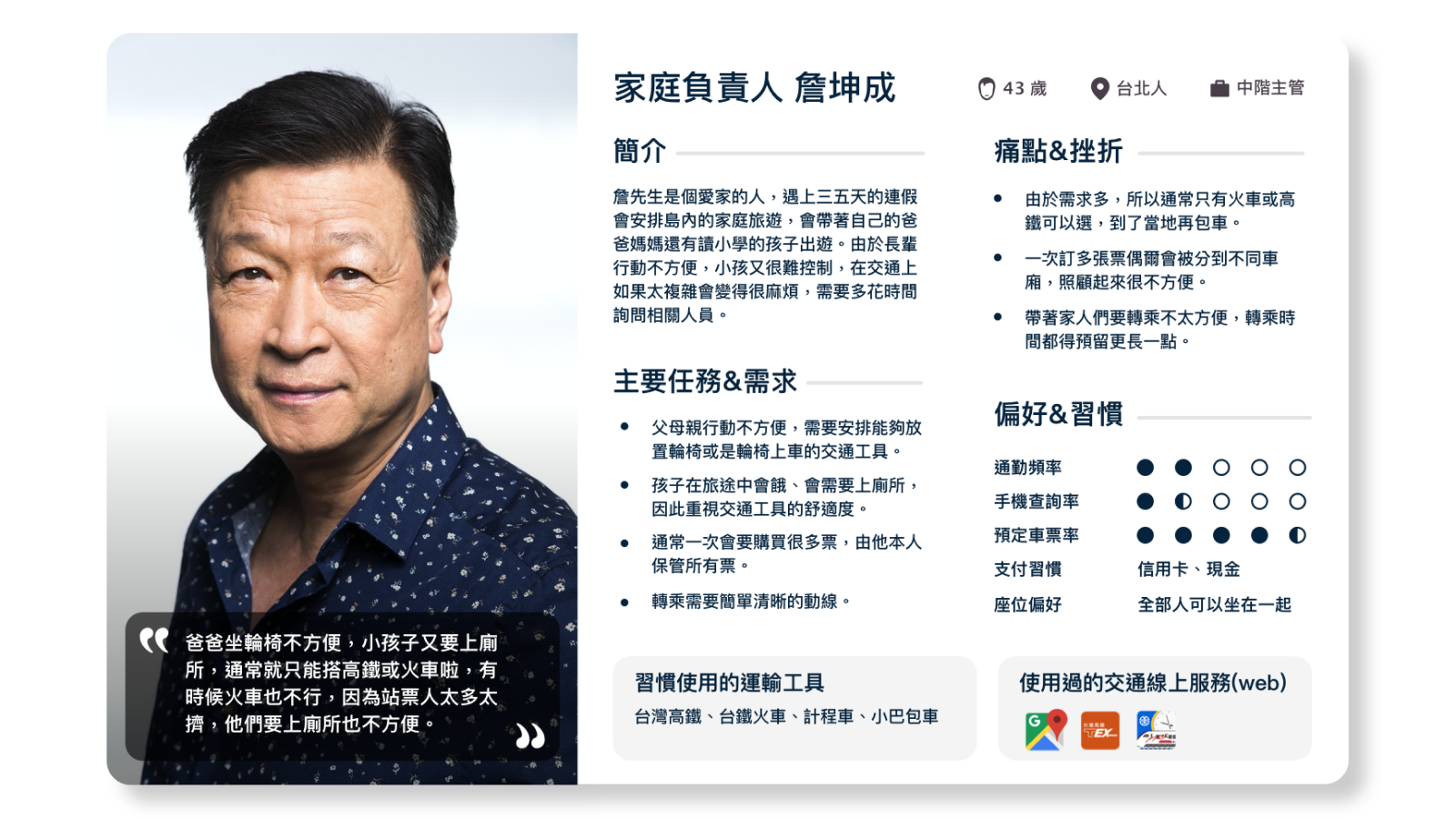
Define the user, define the problem
To better understand the pain points that passengers face, I conducted a focus group study. The study involved 214 participants, with a gender distribution of 50:50. I grouped Taiwanese passengers into six types of personas based on their unique experiences and needs while travelling:
- Family Organiser: This persona is responsible for scheduling and organising trips for the family, including children and elderly family members.
- City Shuttler: This persona travels frequently within a city for work or personal reasons and needs to optimise their travel time and costs.
- Cross-City Commuter: This persona travels between different cities for work or personal reasons and needs to coordinate travel between multiple modes of transportation.
- Weekend Homecomer: This persona travels back to their hometown during weekends or holidays and needs to find the most convenient and affordable transportation options.
- Travel Expert: This persona is an experienced traveller who enjoys exploring new destinations and needs to plan and book transportation in advance.
- Transportation Lover: This persona is passionate about public transportation and enjoys discovering new routes and experiences.

All six personas face a common problem when scheduling a trip: uncertainty. This uncertainty can be related to the destination, transportation, or emergency events or delay issues. From the start of the trip, passengers must deal with uncertainty until they reach their destination. My goal was to ease their anxiety when facing uncertainty.
After conducting thorough research and meticulously analysing the data, the subsequent step involves drawing sound conclusions and transforming the findings into actionable insights. This entails converting the raw data into practical recommendations that can inform business decisions and drive positive outcomes. I have consolidated all our research findings into customer journeys, which allow us to delve deep into a particular persona's needs, behaviours, experiences, and interactions with the current solutions. By doing so, we can identify areas where we can provide a better solution and optimize their experience. This approach empowers us to develop a more comprehensive understanding of our users, which ultimately helps us deliver exceptional service and generate significant value for our business.
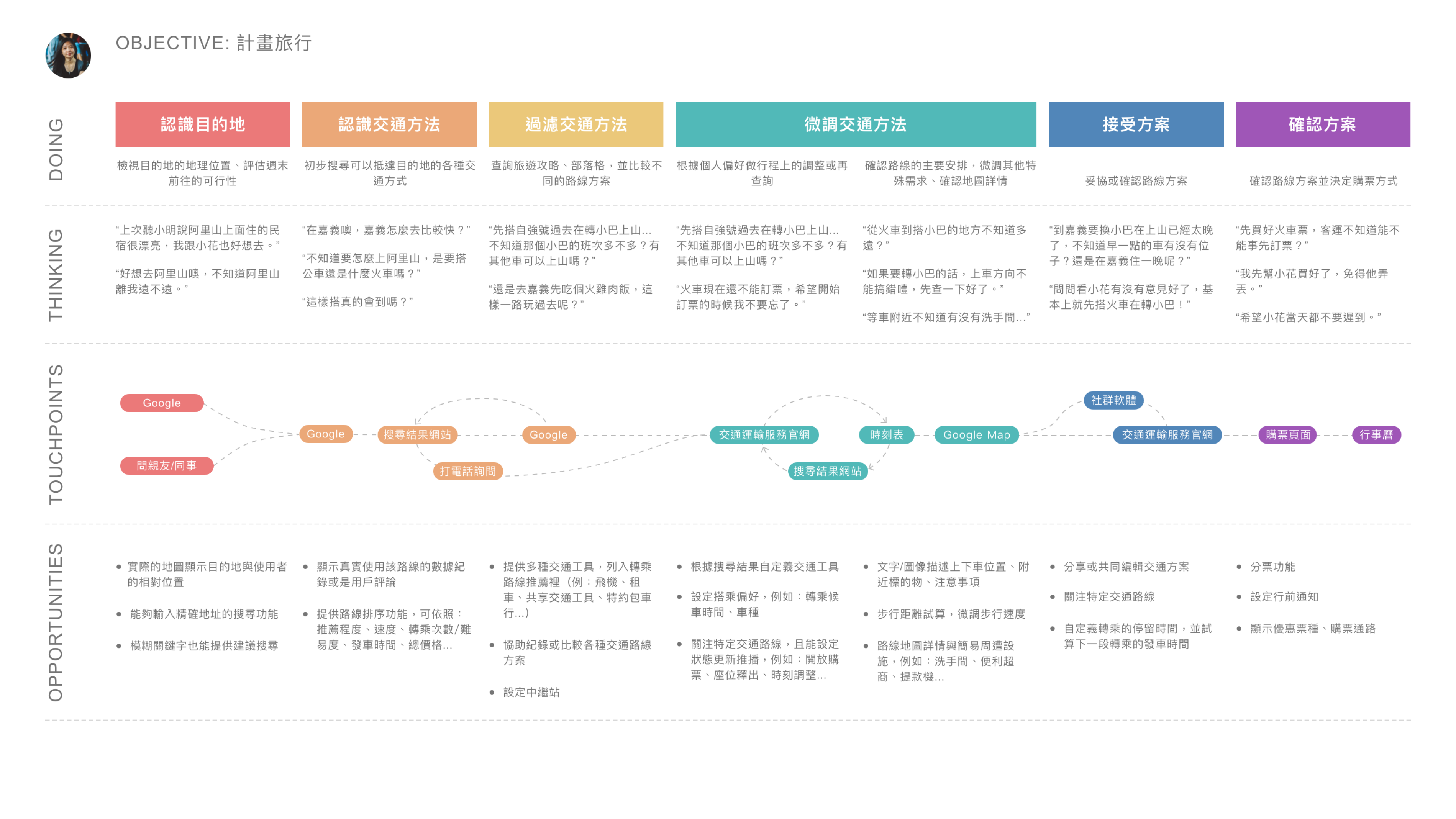
Ultimately, our research findings led us to develop a service that addresses multiple pain points for users. Specifically, our service aims to guide users to their desired destinations, even when they only have an ambiguous keyword to work with, while also reducing the anxiety and pressure associated with uncertainty and being late. Moreover, our service ensures that every suggested route is the best possible option for the user, streamlining the entire process by allowing users to complete all necessary tasks through a single platform rather than navigating multiple service providers.
